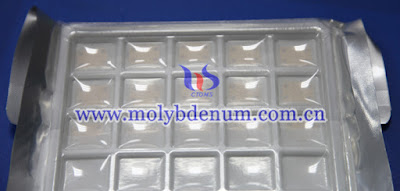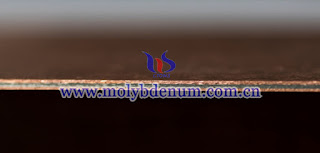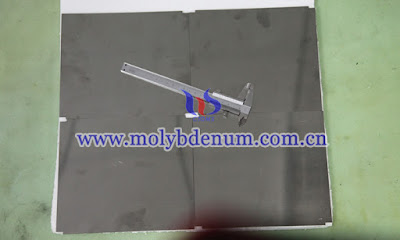Molybdenum is a non-ferrous metal with high melting point, high strength, high hardness, wear resistance, and good thermal and electrical conductivity, while molybdenum copper alloy (Cu-Mo alloy) is a pseudo-alloy made by copper and molybdenum that does not solidify with each other.
This alloy contains less copper, so it basically possesses most of the physical and chemical properties of molybdenum, and also has the characteristics of copper at the same time, that is, it has high electrical conductivity, high thermal conductivity, small expansion coefficient, good corrosion resistance, non-magnetic and good processing properties, etc.
Given the broad application prospects., the material is widely used in many fields such as metallurgy, machinery, petroleum, chemical industry, national defense, aerospace, electronics, nuclear industry and so on. There are mainly: vacuum contacts, conductive heat dissipation components, instrumentation components, rockets that are used at a slightly lower temperature, high-temperature components of missiles, and components in other weapons, such as range extenders. At the same time, it is also used for solid sealing, sliding friction reinforcing ribs, water-cooled electrode heads in high-temperature furnaces, and electro-machined electrodes.
In actual use, molybdenum-copper alloys are often subjected to surface modification treatments such as electroplating and coating to meet specific functional requirements on their surfaces, such as high-temperature brazing and reducing contact resistance. However, the surface of Cu-Mo alloy is very easy to oxidize, and the chemical properties of the oxide film are very stable, the surface wettability is poor, and it is very difficult to perform surface treatment. Therefore, the gold plating can greatly improve its conductivity and brazing performance. It meets the application requirements in military electronics and aerospace products.
For regular metal plating, Ni, NiAu, NiAg, or Au plating are the most common. The thickness of plating is about 3~5 microns and gold plating is about 1 micron. Sometimes, AuSn plating is required.
Chinatungsten Online can provide customized molybdenum copper alloy with effective thermal conductivity and good high-temperature tolerance.
If you have any inquiry of gold plated molybdenum copper carrier, please feel free to contact us:Email: sales@chinatungsten.com/sales@xiamentungsten.com
Tel.: +86 592 5129696/+86 592 5129595






